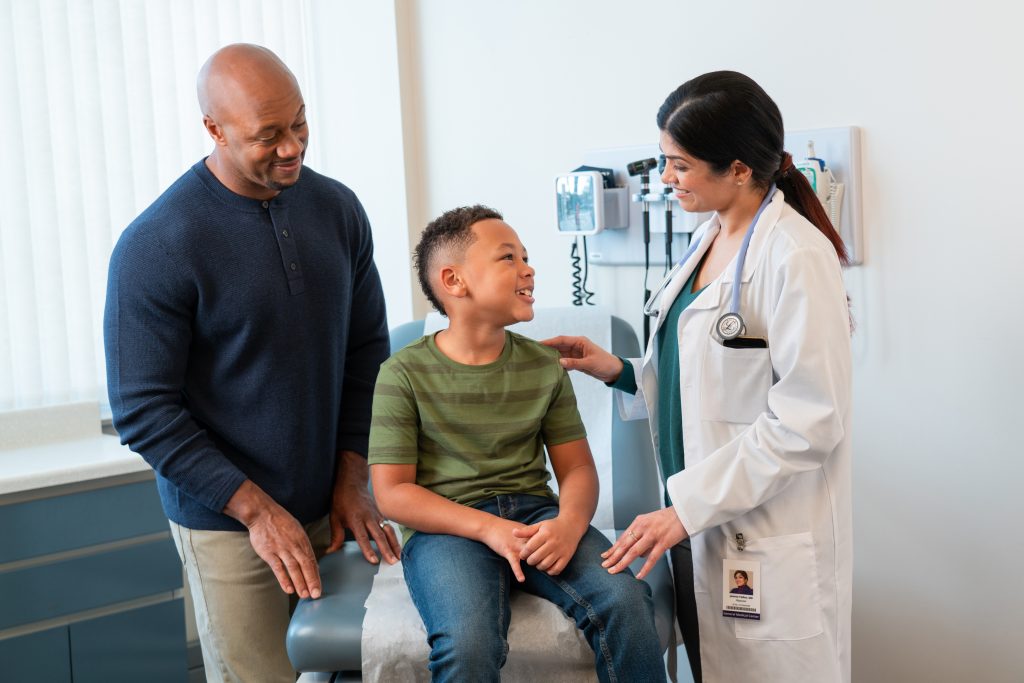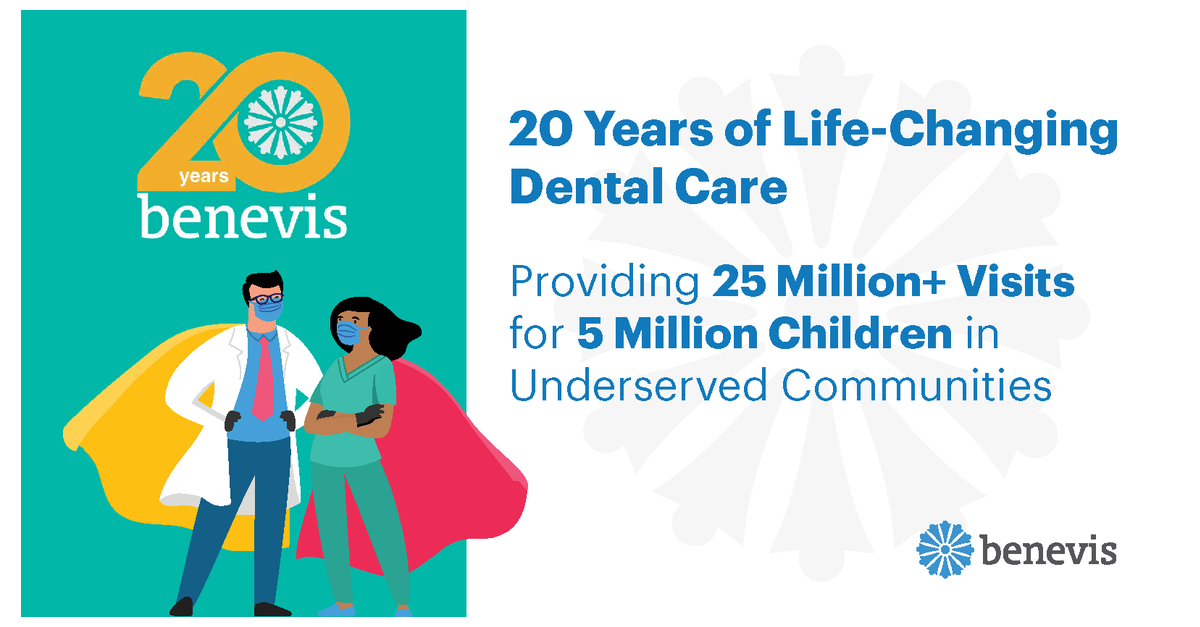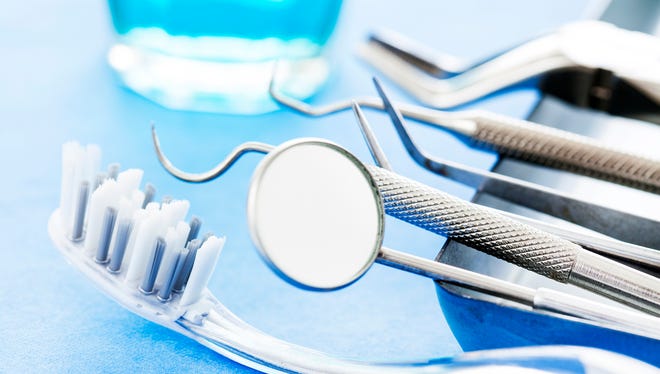
‘Do I really need to floss?’ and other common questions about dental care
You’ve probably heard this dental advice before: Brush your teeth twice a day. Remember to floss. Get those pearly whites to the dentist twice a year.
But are they true? And why do we have to do these things?
We asked dental hygiene professionals to answer five basic questions about how to care for your teeth and keep them healthy. Here’s what they had to say.
1) How often should I really brush my teeth?

Photo Illustration by Becky Harlan/NPR
You should brush your teeth twice a day for two minutes a day, according to the American Dental Association.
What does that mean? The news, analysis and community conversation found here is funded by donations from individuals. Make a gift of any amount today to support this resource for everyone.
But teeth maintenance is more than just brushing, flossing and tongue scraping, says Dr. Mark Burhenne, a dentist based in Sunnyvale, Calif., and the creator of askthedentist.com, a website that offers advice on professional and at-home dental practices.
He says it’s a complex equation juggling diet, saliva flow, avoiding dry mouth, maintaining the bacteria and pH in your oral microbiome, and managing your biofilm — an outer coating on your teeth containing bacteria.
“In that biofilm are bacteria that pull calcium and phosphate ions from saliva,” he says. Those minerals are then pulled “into the tooth and are able to actually fix and patch small cavities” before they get too large and need treatment.
“That’s [called] the remineralization effect,” he adds.
Brushing your teeth helps that process, says Burhenne. When we eat — sugary or acidic foods especially — the biofilm layer gets so thick and furry that it can’t remineralize your teeth properly. The mechanical movement of the toothbrush is what breaks up the biofilm so that it reforms into its natural thin and slippery state to protect teeth.
Brushing also helps remove plaque, which is the accumulation of biofilms containing large masses of microorganisms stuck to your teeth — kind of like algae on rocks. But if that build-up isn’t removed frequently, then demineralization can occur, leading to cavities, gingivitis, and periodontitis.
Funny enough, toothpaste actually does less work than you think, says Alicia Murria, a dental hygienist based in Washington, D.C., and founder of Hygienists for Humanity, a nonprofit that connects vulnerable communities with oral hygiene products.
“Your toothpaste is going to help you to feel fresher,” she says. “It’s also going to help to [kill] some of the bacteria that’s inside your mouth.”
But really, the most important step in keeping your teeth clean is good brushing technique, she adds. By brushing each tooth and slightly sweeping the gum line with your brush at a 45-degree angle, you’ll be able to remove plaque particles.
Murria says if your brushing technique is good, even a toothbrush with water can be enough.
2) Is there an ideal time of day when I should brush my teeth?

Photo Illustration by Becky Harlan/NPR
Burhenne suggests brushing your teeth first thing in the morning, before eating breakfast. It breaks up the biofilm and gets it ready to remineralize your teeth.
If you do happen to eat first, make sure you wait at least 30 minutes before brushing.
“If you’re brushing after a meal, that produces an acid attack in the mouth,” Burhenne says. The acid from the meal softens the enamel, so if you brush too soon you could damage that typically hard, shiny protective layer in its weakened state.
“You’re scraping away a lot of enamel. So for anyone who is eating junk or candy or having a soda or even coffee or a glass of wine, I would hesitate brushing [right away].”
Burhenne says waiting for the outer layer to remineralize prevents you from brushing your softened enamel right after you eat. If you don’t wait, it could thin out the top layer of your tooth.
Immediately after meals, you can rinse or drink water to flush acids and sugars from the mouth, increase the saliva’s pH and help with the remineralization process, according to research from the Journal of Indian Association of Public Health Dentistry.
3) Do I really need to floss?

Photo Illustration by Becky Harlan/NPR
You may not want to hear it, but the answer is yes, according to the ADA — you should be flossing at least once a day.
“Flossing gets to all the areas where toothbrushes don’t. You can’t do one or the other,” Burhenne says.
Burhenne says there aren’t many studies about flossing, but some research has shown that flossing, in addition to brushing, can improve cleaning and disease prevention.
Burhenne recommends flossing before brushing to open up areas you may not be able to clean with just the toothbrush, like in between your teeth. Flossing helps remove food debris and plaque before it hardens into tartar — a hard mineral deposit that can only be removed by a professional. Flossing also reduces the likelihood of gum disease and decay, according to the ADA.
Burhenne says flossing and brushing techniques can be all over the map, and it’s hard to see if you’re reaching all of your teeth.
“That’s why I recommend to my patients to buy a makeup mirror,” Burhenne says. “You get these little makeup mirrors that are lit up. You mount them on the wall or you can suction cup them on your mirror and take a look at 5x and 10x with a light inside the mirror, inside your mouth.”
And if you see blood as you’re flossing or brushing, Burhenne says that’s usually not from brushing too hard. He says that’s an early stage of gum disease — gingivitis.
“Gingivitis is classified as a type one category for gum disease,” he says. “As you get into the other categories, it gets worse. You get receding gums, you get more bleeding, you get [death] of the tissue, then you get [death] of the bone.”
4) How do I whiten my teeth?

Photo Illustration by Becky Harlan/NPR
From specialty toothpaste to DIY hacks to at-home whitening strips, there are all kinds of products and methods to help whiten your teeth. But dental professionals say to be wary.
Burhenne says the charcoal and whitening toothpaste you might find at the drugstore are so abrasive, they can make your teeth sensitive and potentially wear your teeth and gum line down.
The ADA discourages using home remedies like brushing teeth with lemon juice or rubbing vinegar on your teeth. There are limited studies on the efficacy of these methods, according to the ADA.
And when it comes to at-home whitening strips/other products, they can be OK, but do it slowly, says Burhenne. He recommends whitening products with carbamide peroxide concentrations of 10 percent or less.
But the ideal way to whiten your teeth is to ask your dentist for professional advice, he says.
“The best way to whiten is slowly with a-low strength gel, not a high-strength gel, and with a tray that … covers just the teeth and not the gums,” Burhenne says. Whitening tray and gel procedures can be done at home, but also by a professional.
Remember: The priority should always be making sure your teeth are healthy first over aesthetics, he says.
5) Do I really have to go to the dentist?

Photo Illustration by Becky Harlan/NPR
While proactive care at home can help keep your teeth healthy, yes — you still have to see a dentist, says Murria.
The ADA recommends that patients see a dentist at least once or twice a year. Burhenne says visiting twice a year isn’t necessarily a hard-set rule, as there are limited studies on what the perfect minimum is.
But visits are still important. Dentists and hygienists provide X-rays examining the enamel, dentin layer (the main supporting layer of the tooth, made of tiny tubes under the enamel), and pulp chambers (the soft centers of your teeth). Murria says professionals clean more effectively in areas you may struggle to reach and can help you with more complicated dental problems, like impacted wisdom teeth, receding gums, or cavities.
If financial barriers are an issue, both Burhenne and Murria recommend looking for dental schools, federally qualified health centers, and mobile dental clinics in your area for low-cost/no insurance options. More information on affordable options can be found on the U.S. Department of Health and Human Services website.
And if it’s been a while since you’ve been to the dentist or you’re feeling intimidated, remember there’s no shame in having dental issues, Burhenne says.
“Everyone has experienced this when they come in, and their gums bleed a little bit, there’s a little build-up of calculus and plaque, and the reason given is you haven’t flossed and brushed enough,” he says. “I think that’s unfair because the equation of the reasons why that would occur … are complex.”
There are a lot of factors to juggle in your dental health — but you don’t have to do it alone. That’s what your dental appointments are for.
“It’s never as bad as you think it is,” Burhenne says. “But the sooner you come in, the better it will be.”
The audio portion of this episode was produced by Sylvie Douglis and edited by Meghan Keane. The digital story was edited by Malaka Gharib and Danielle Nett. Our visuals editor is Beck Harlan. We’d love to hear from you. Leave us a voicemail at 202-216-9823, or email us at [email protected].
Listen to Life Kit on Apple Podcasts and Spotify, or sign up for our newsletter.
Copyright 2023 NPR. To see more, visit https://www.npr.org.





